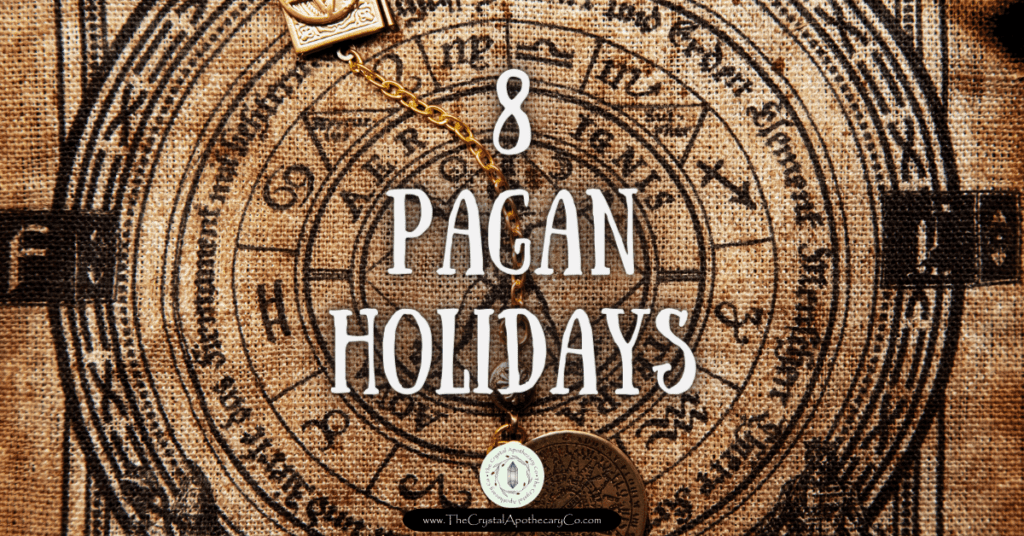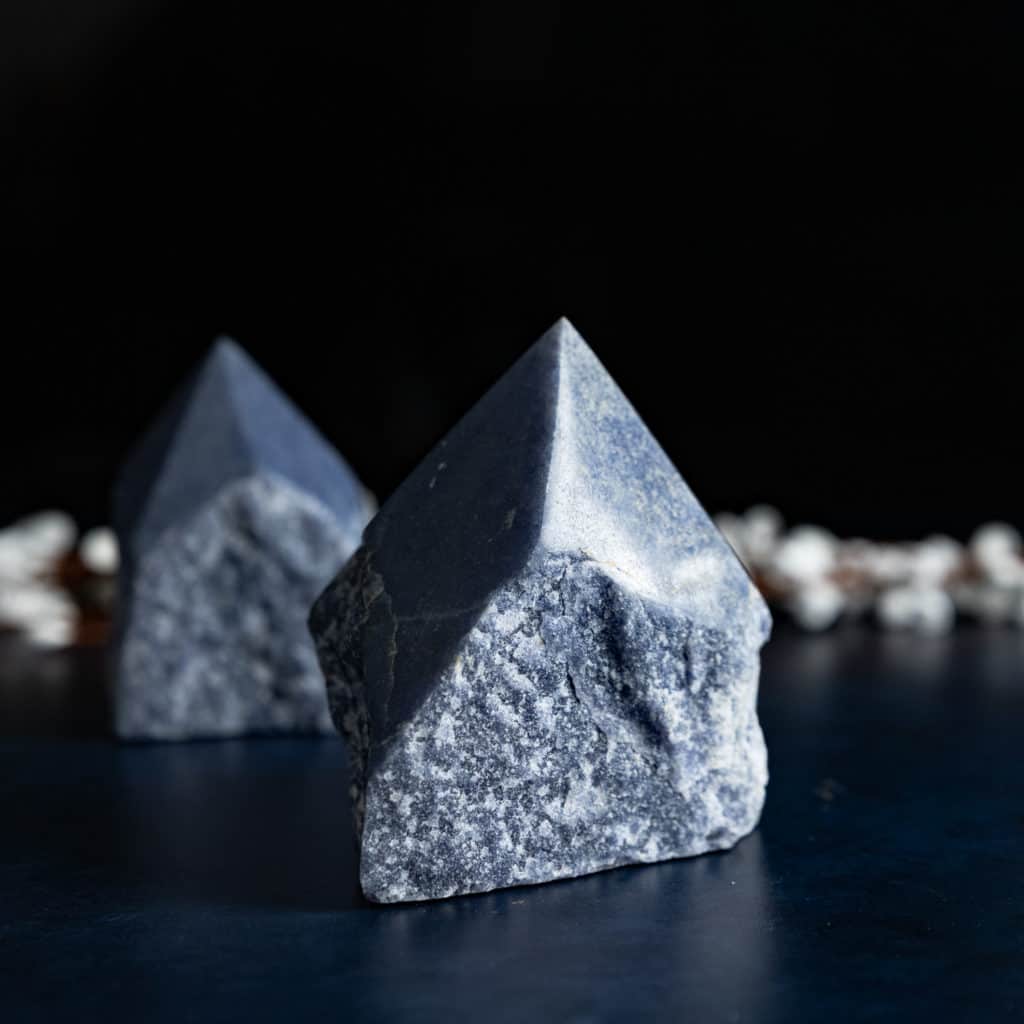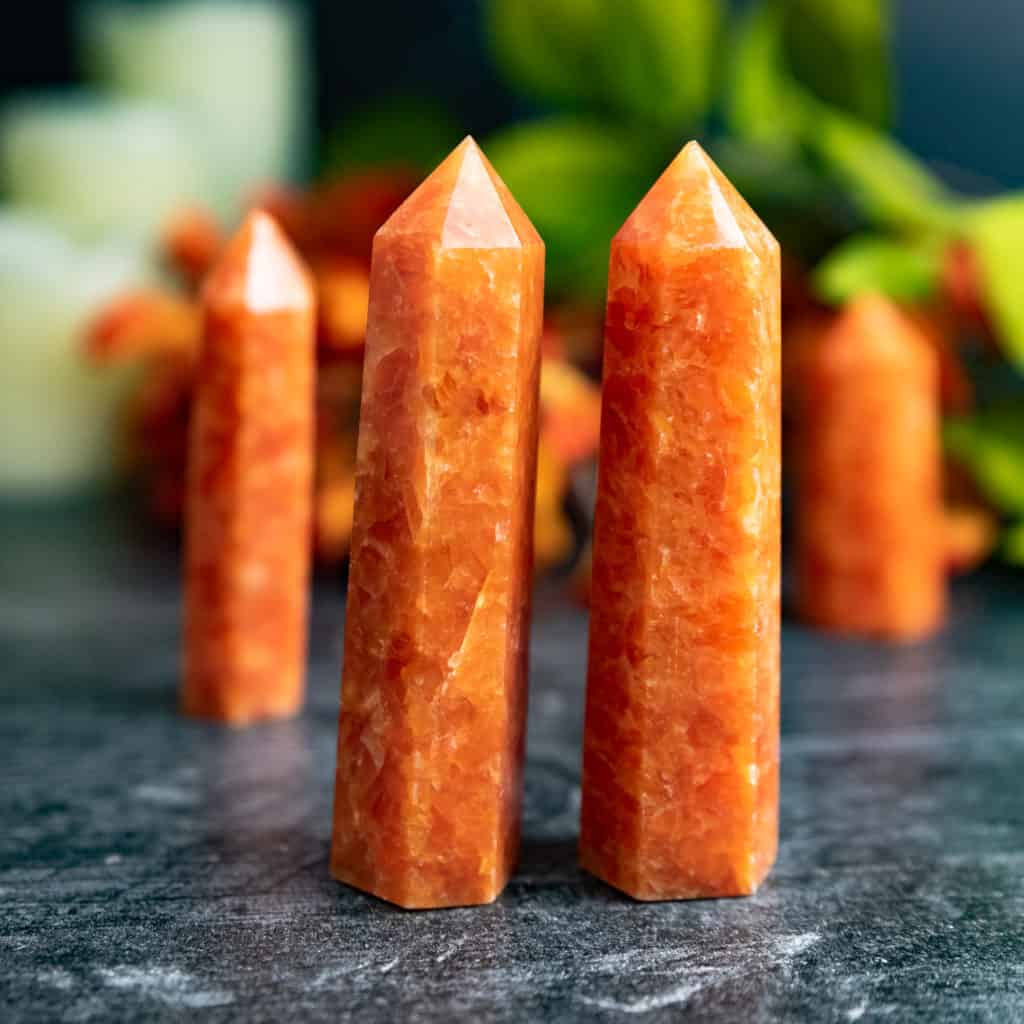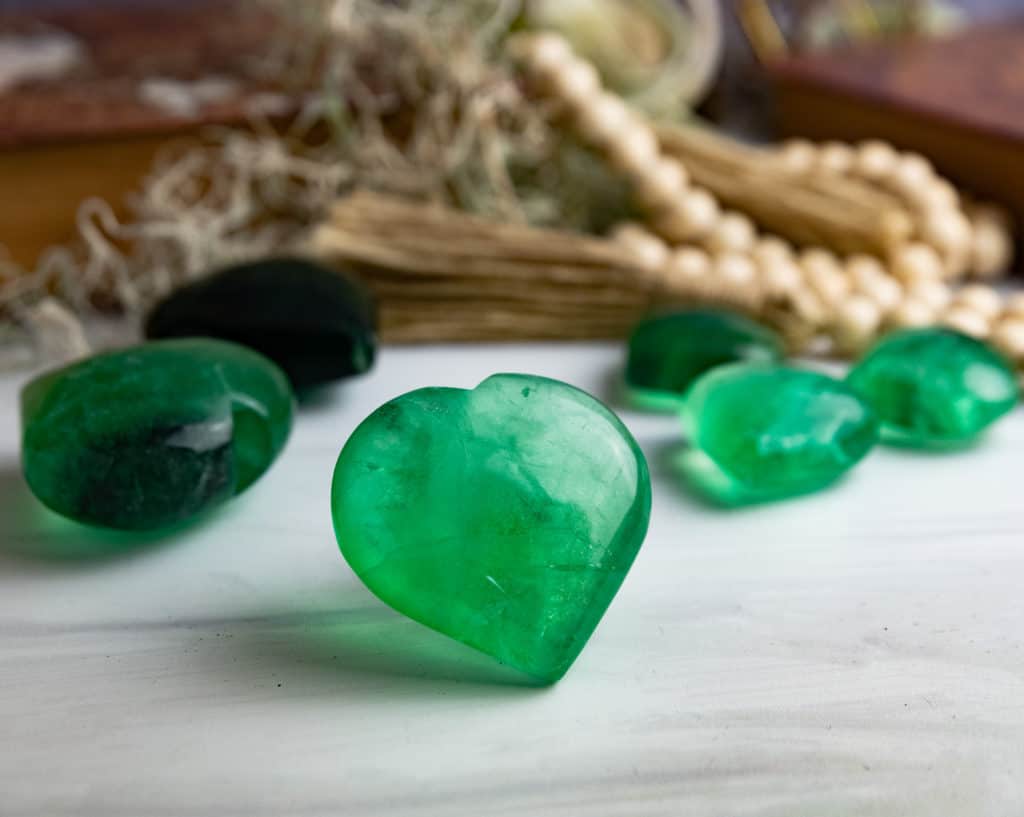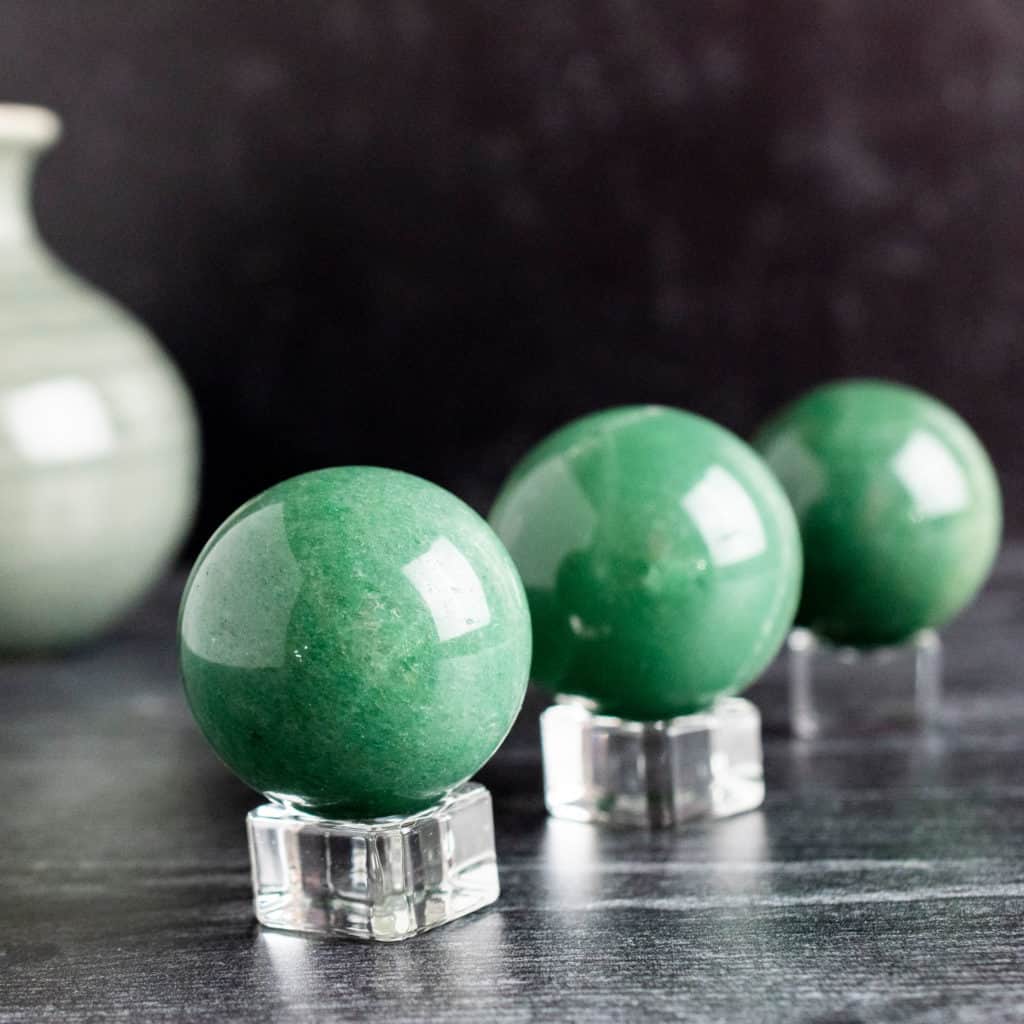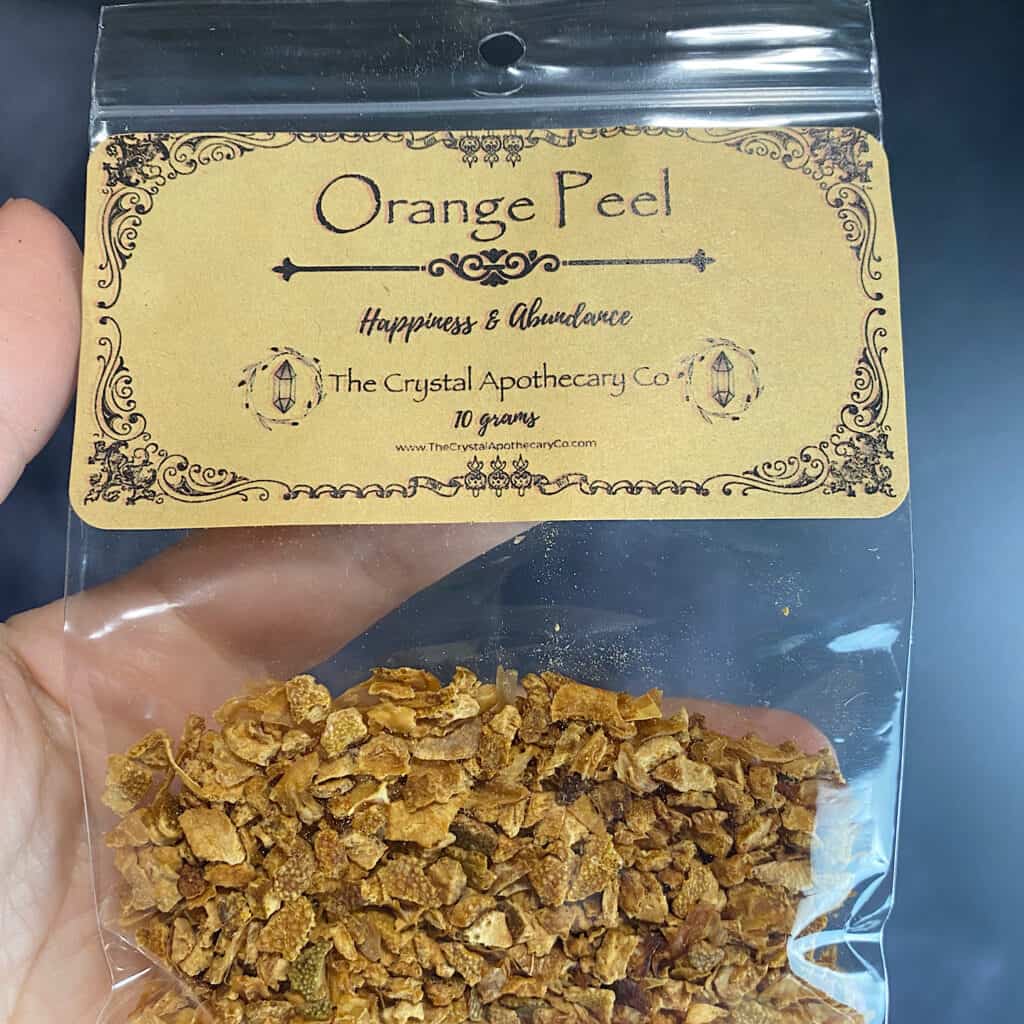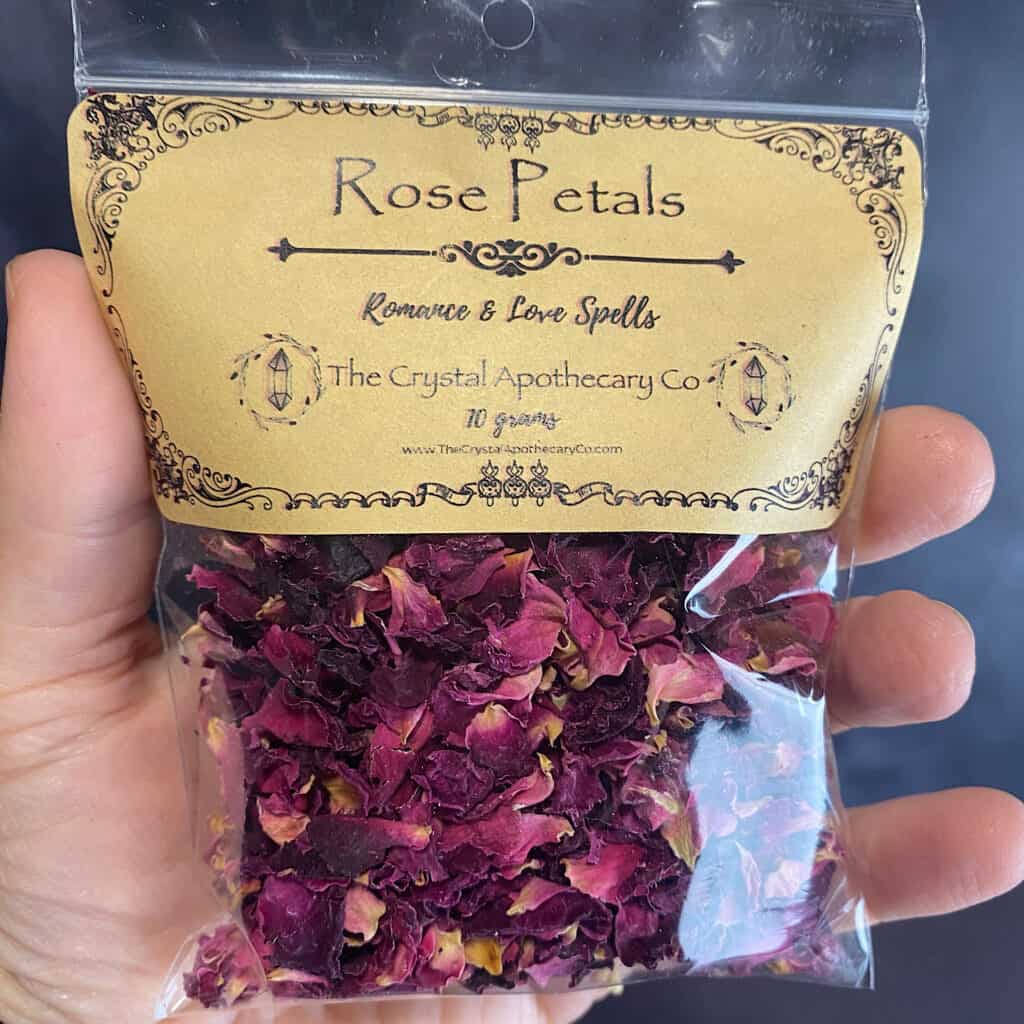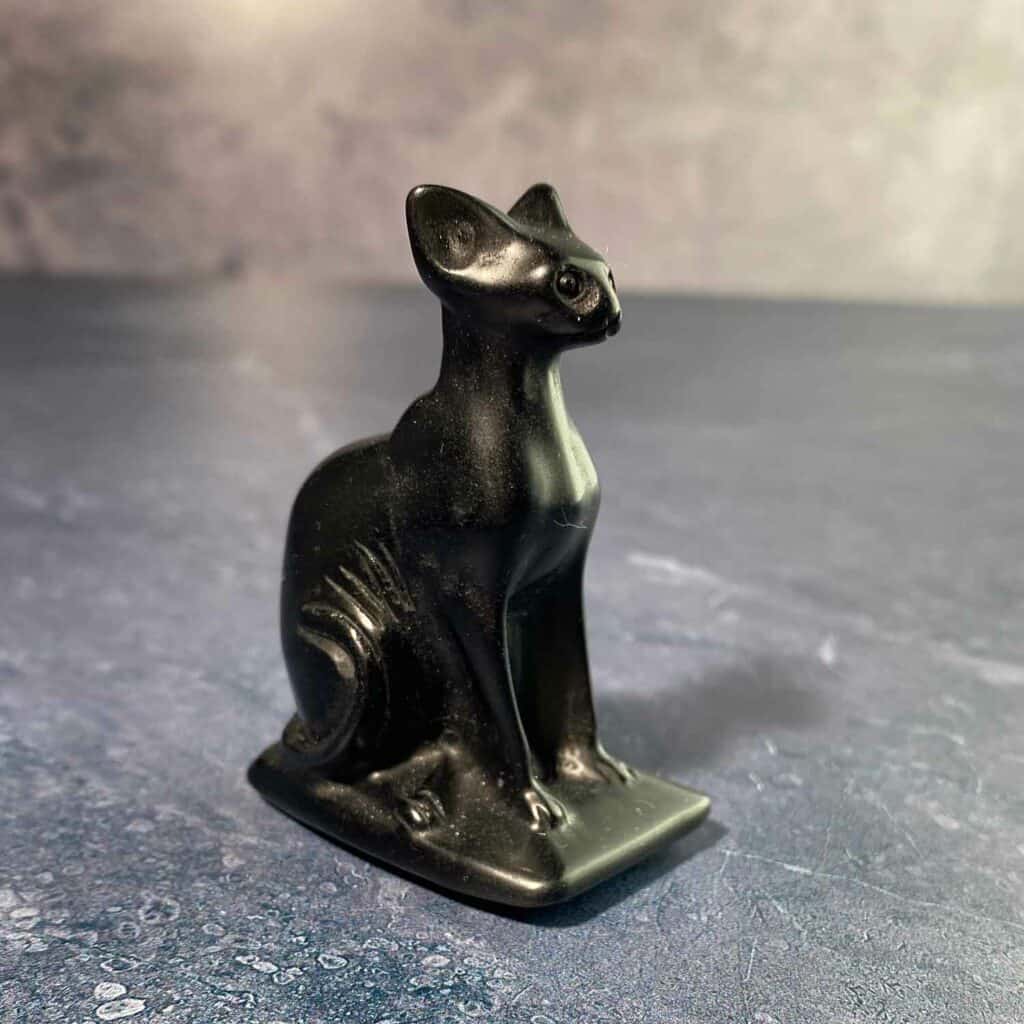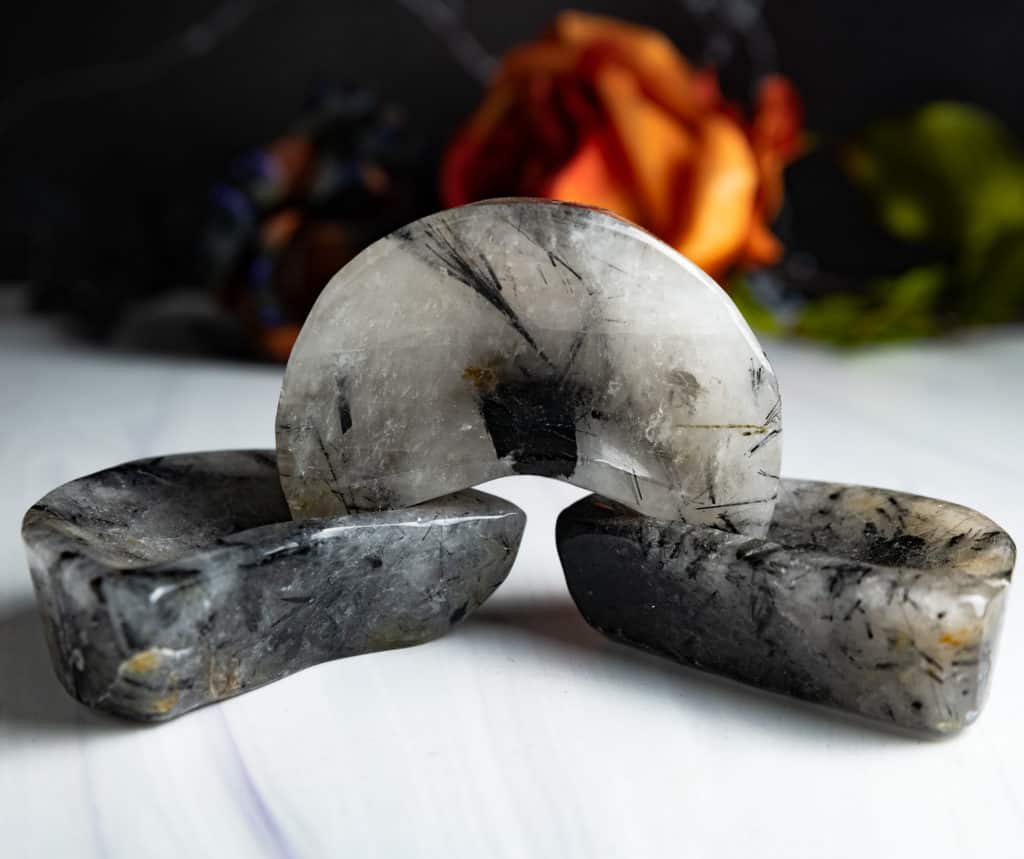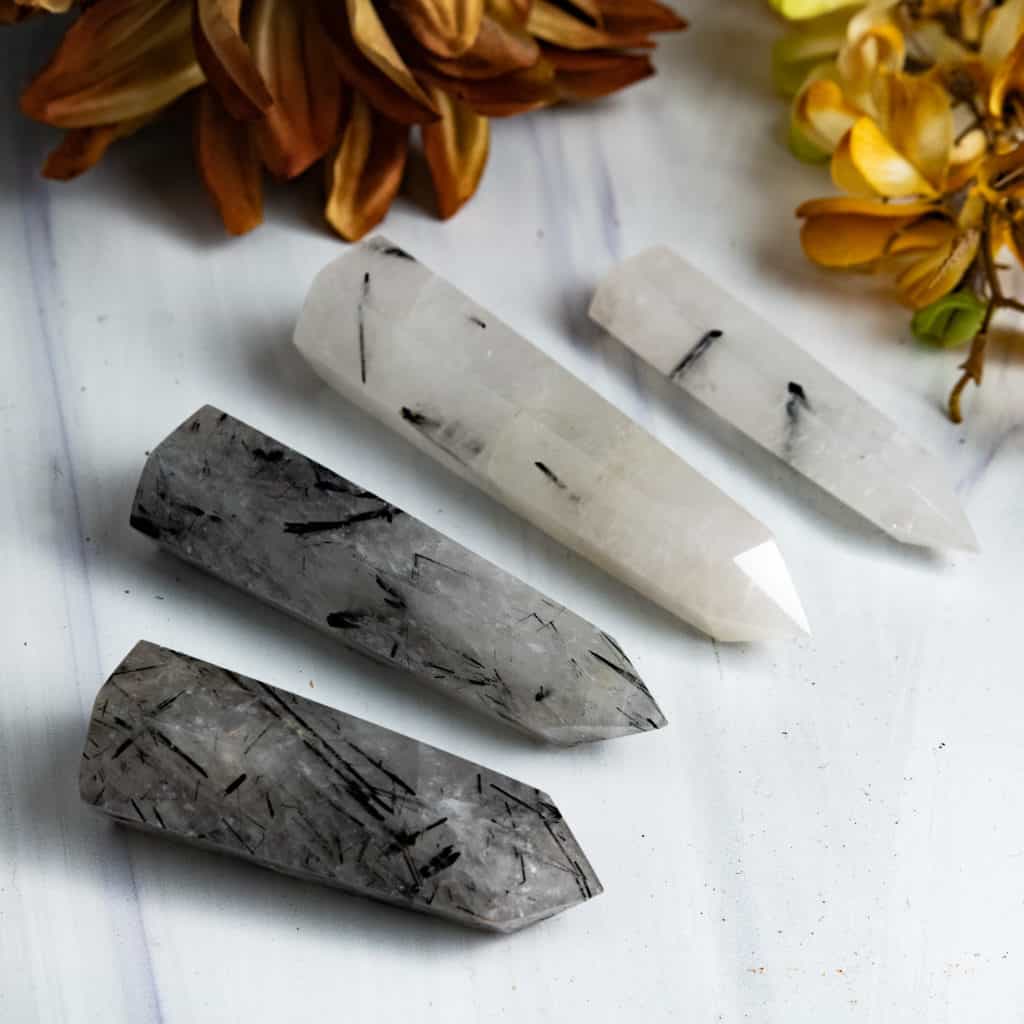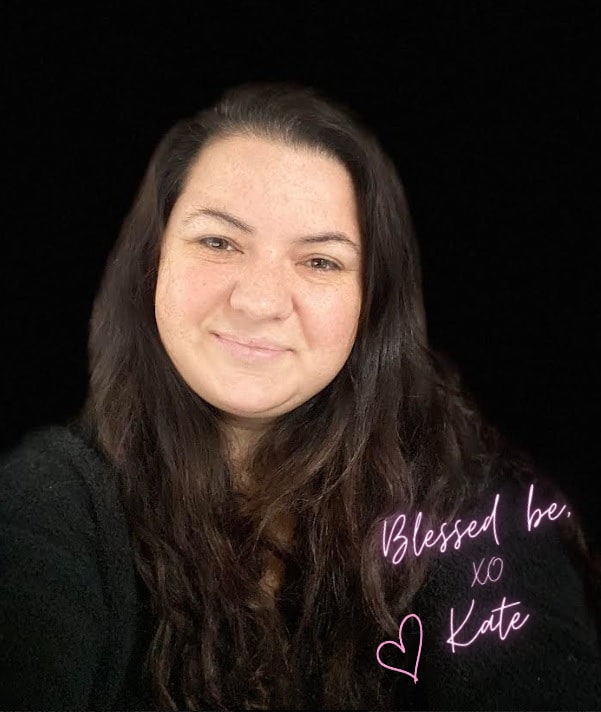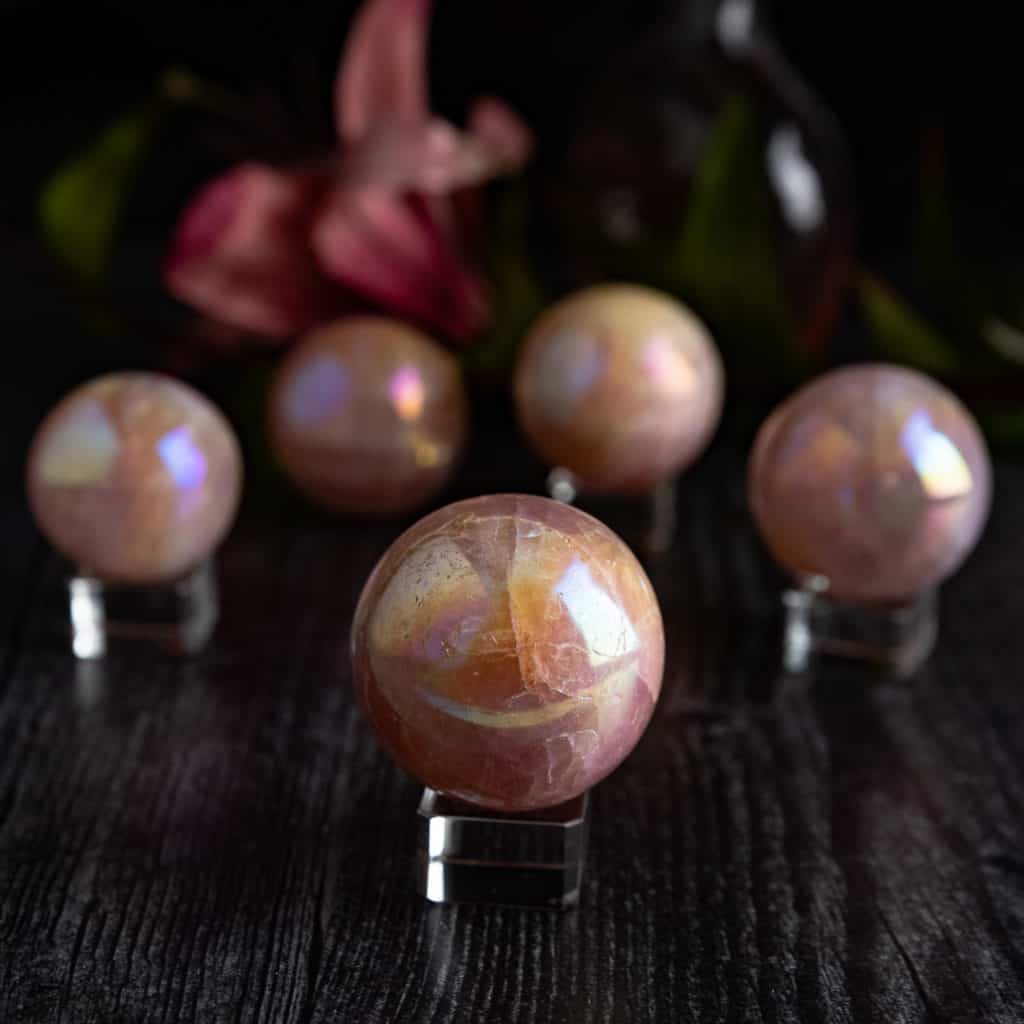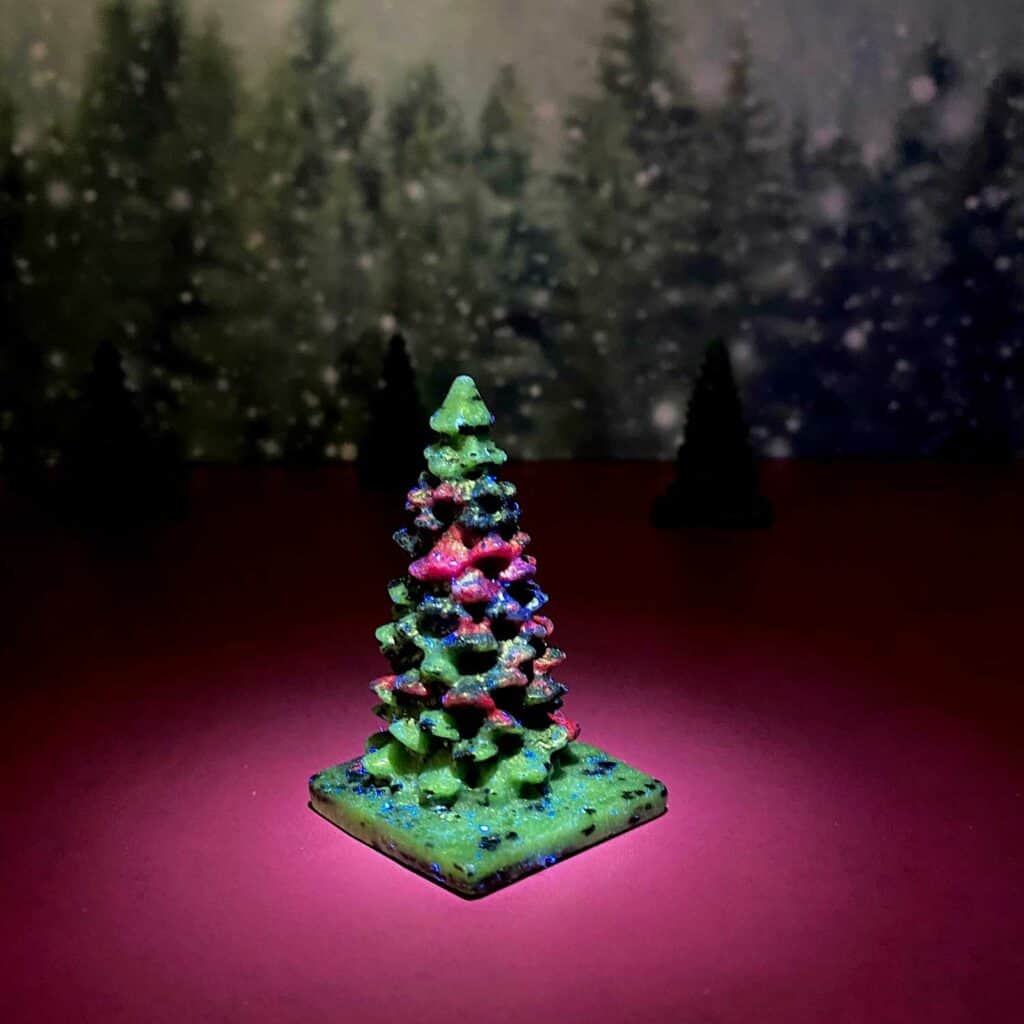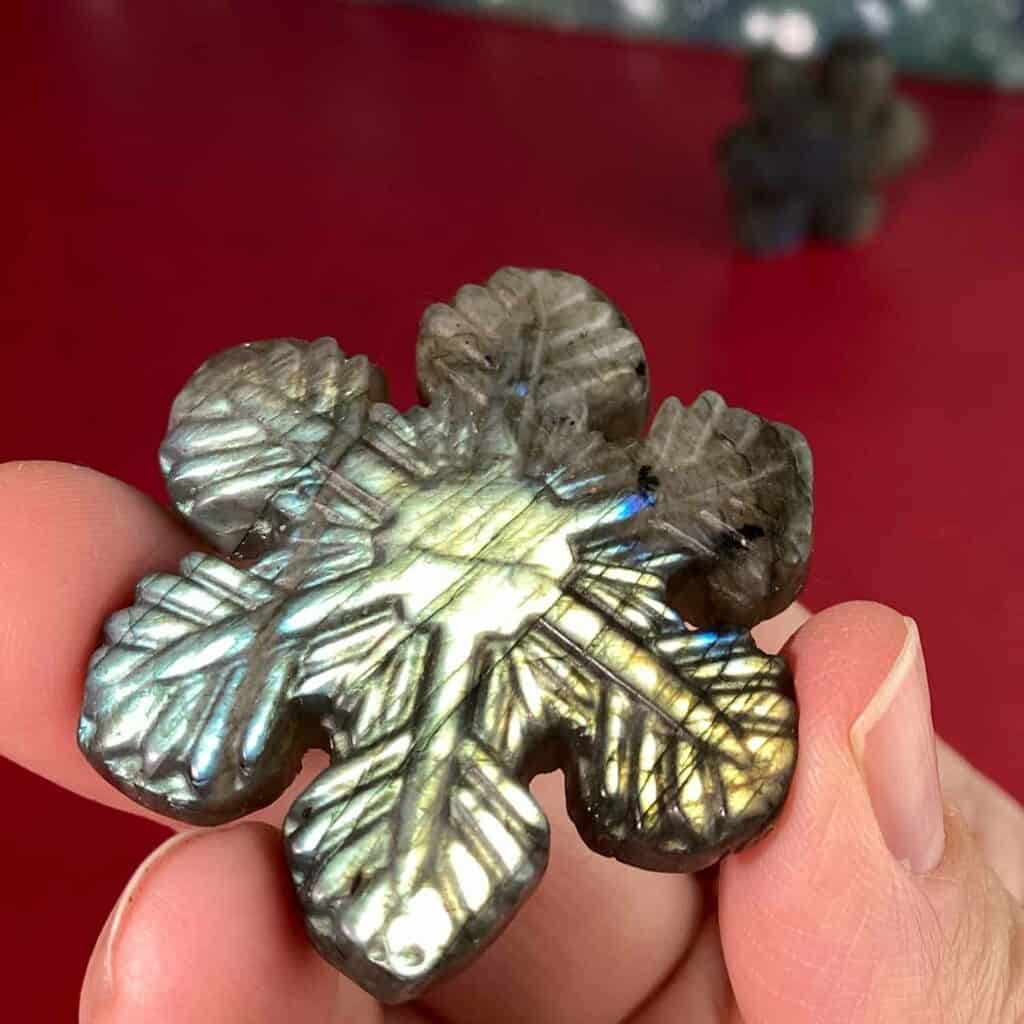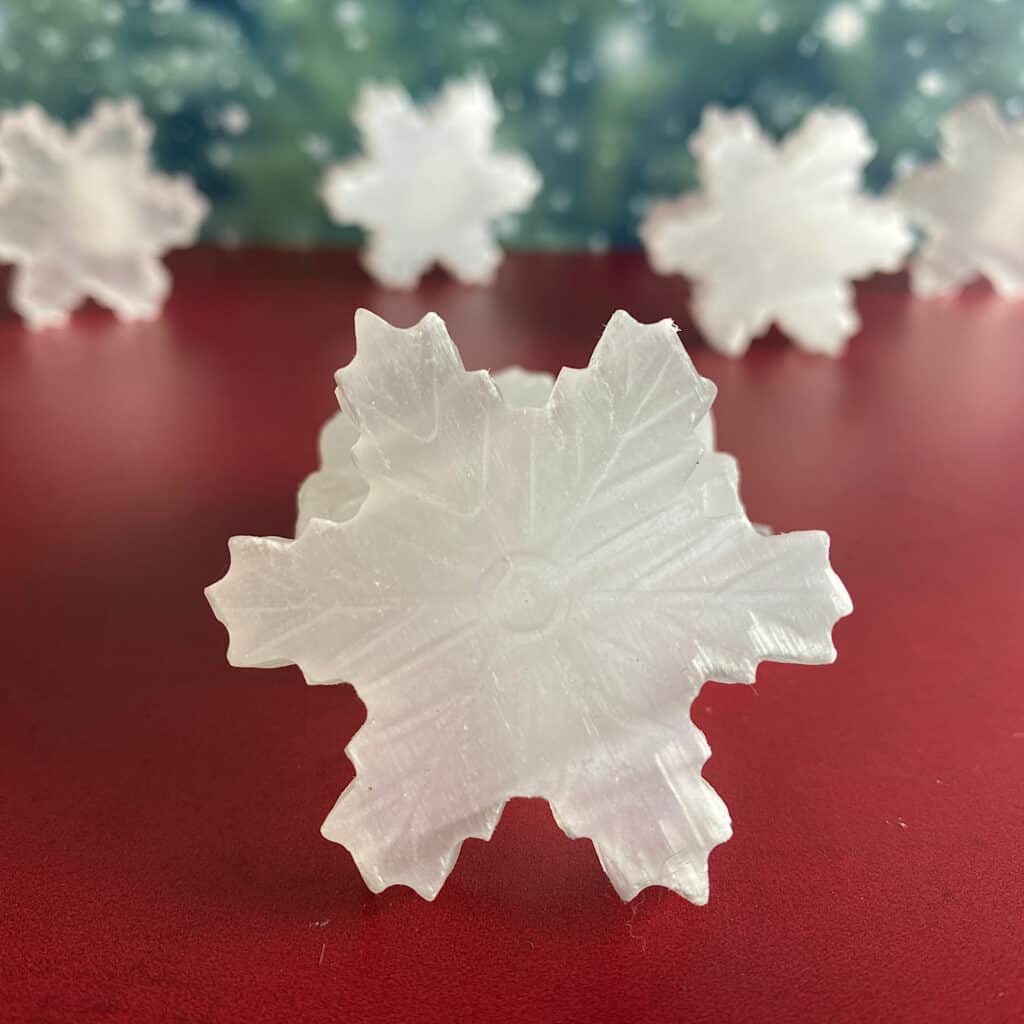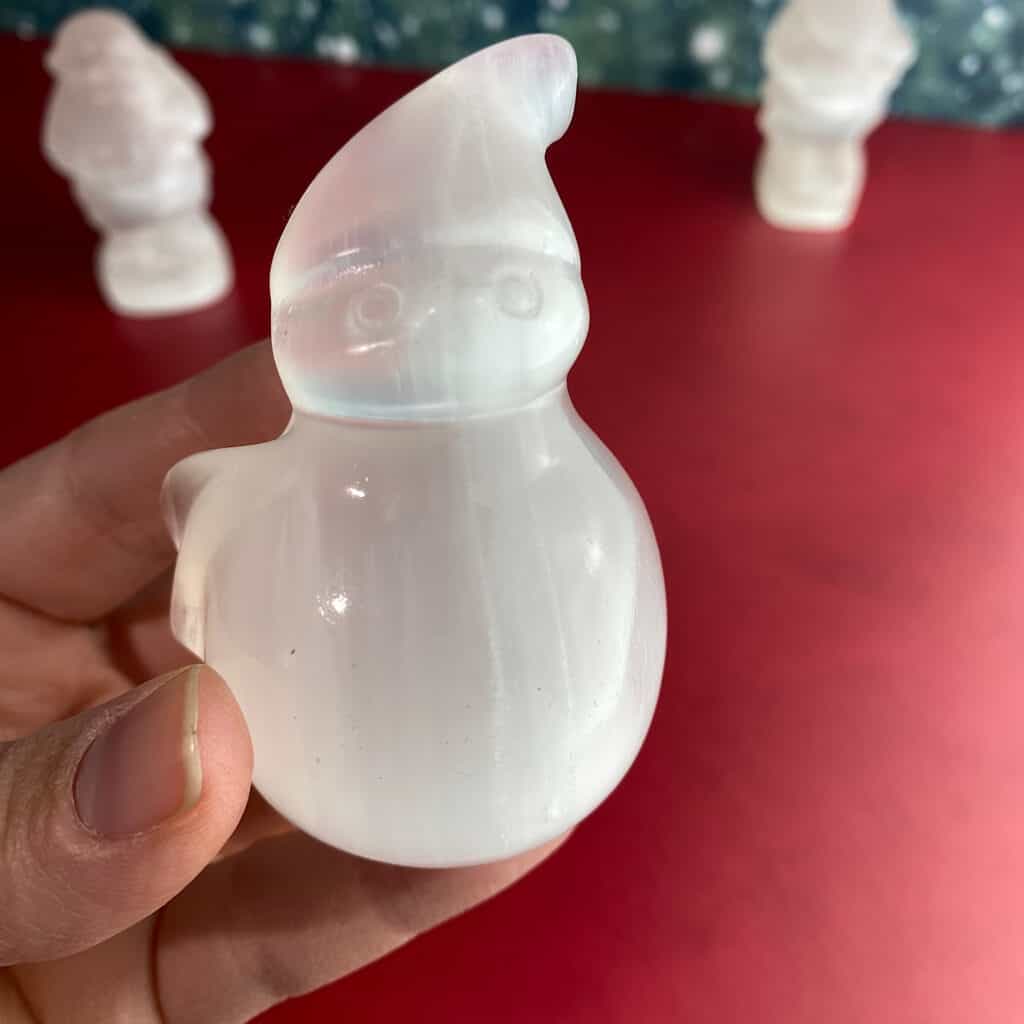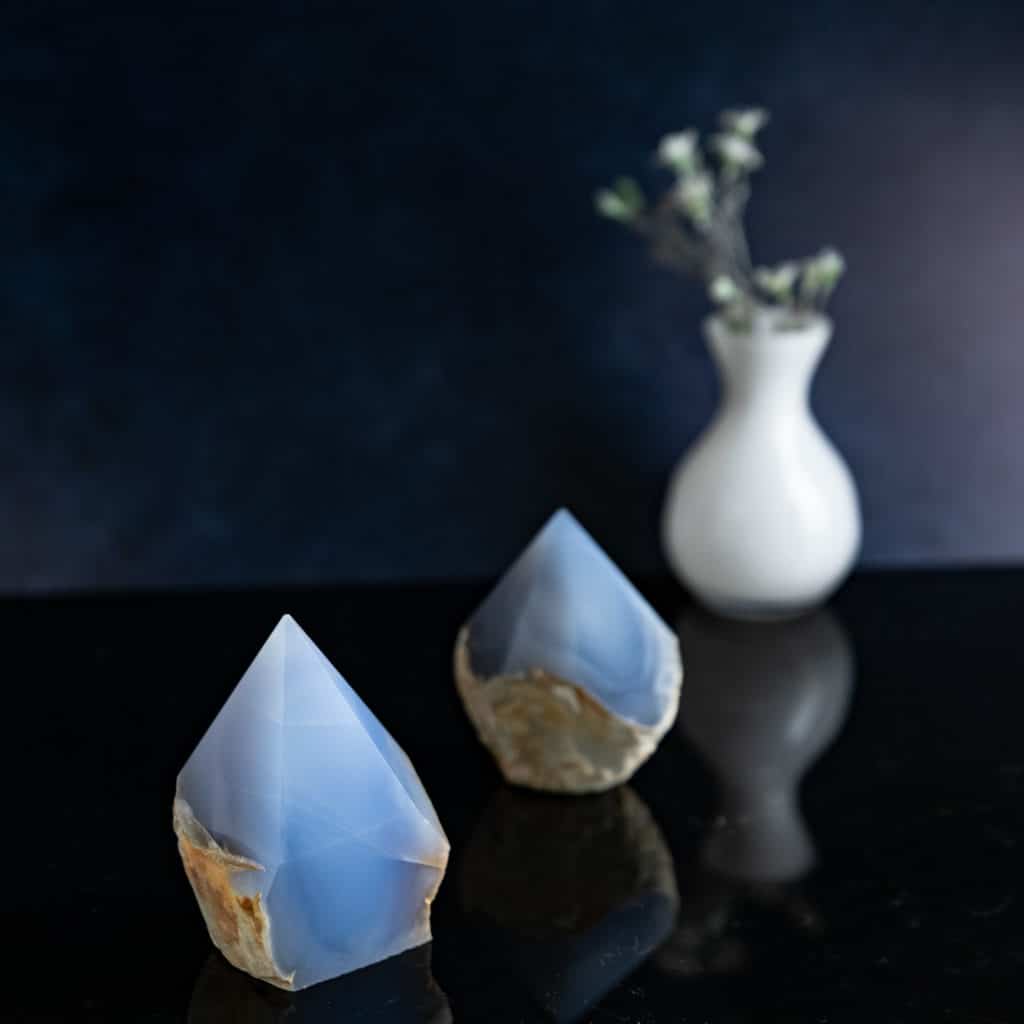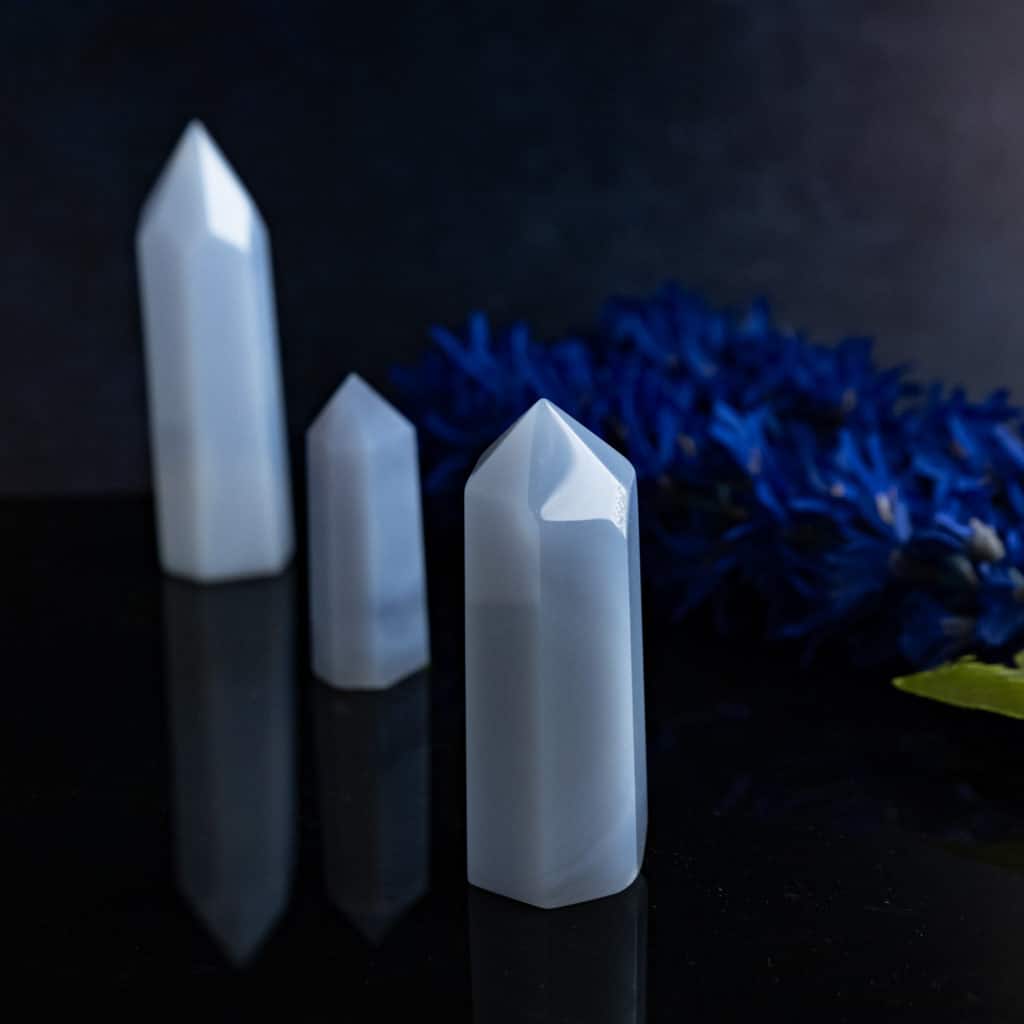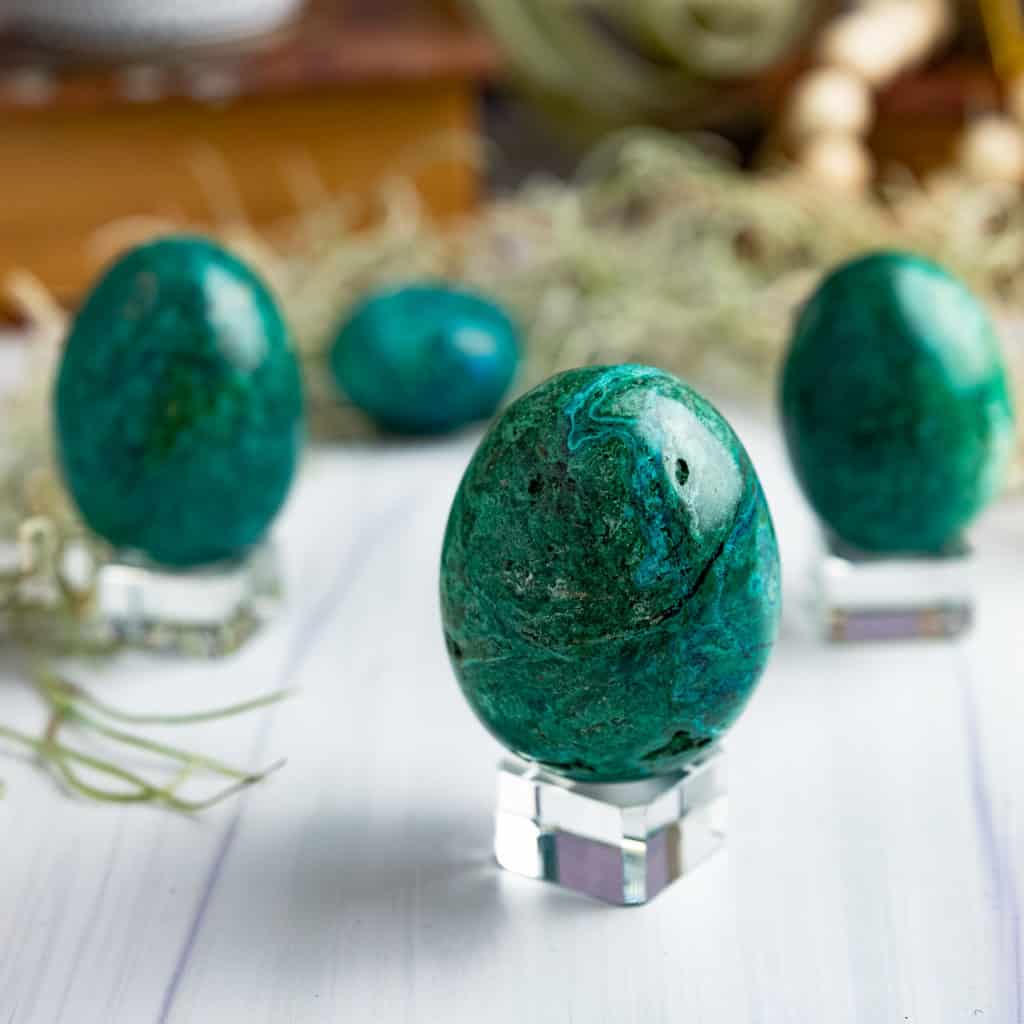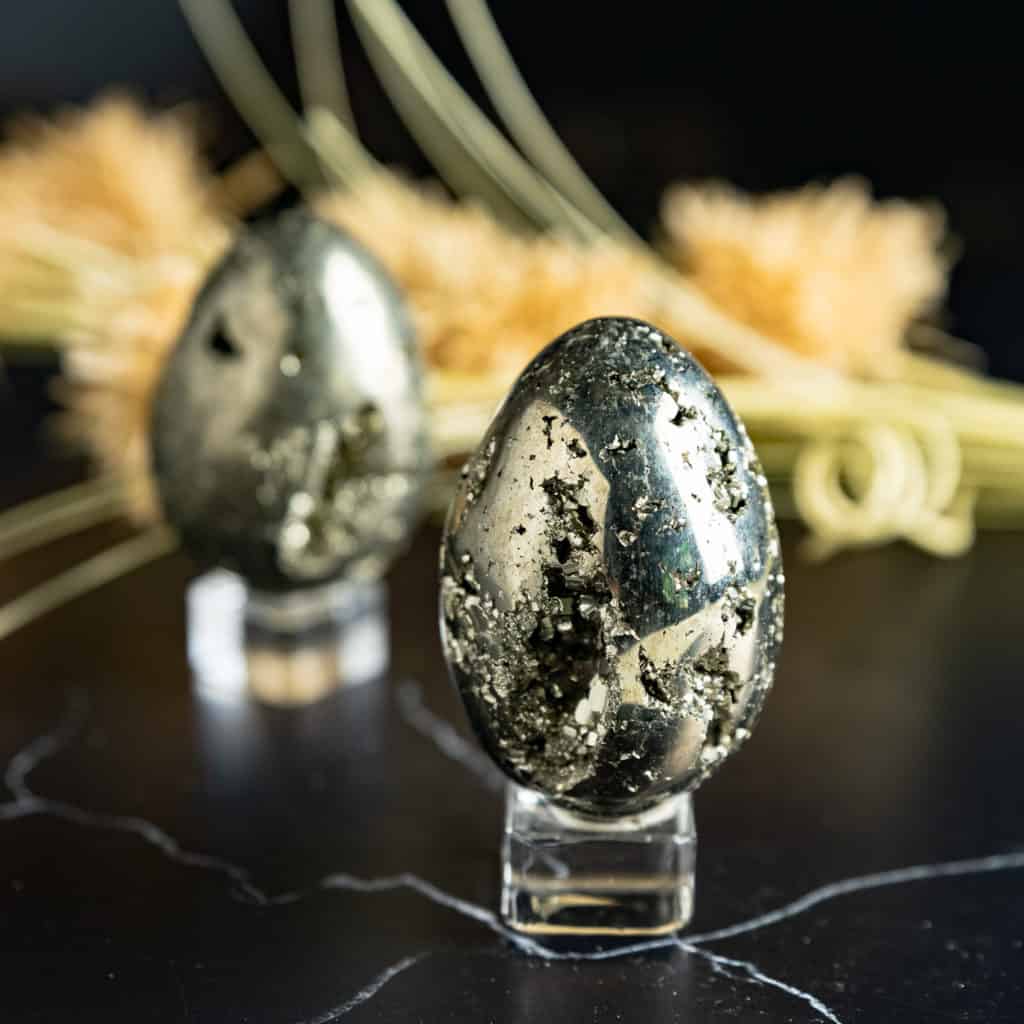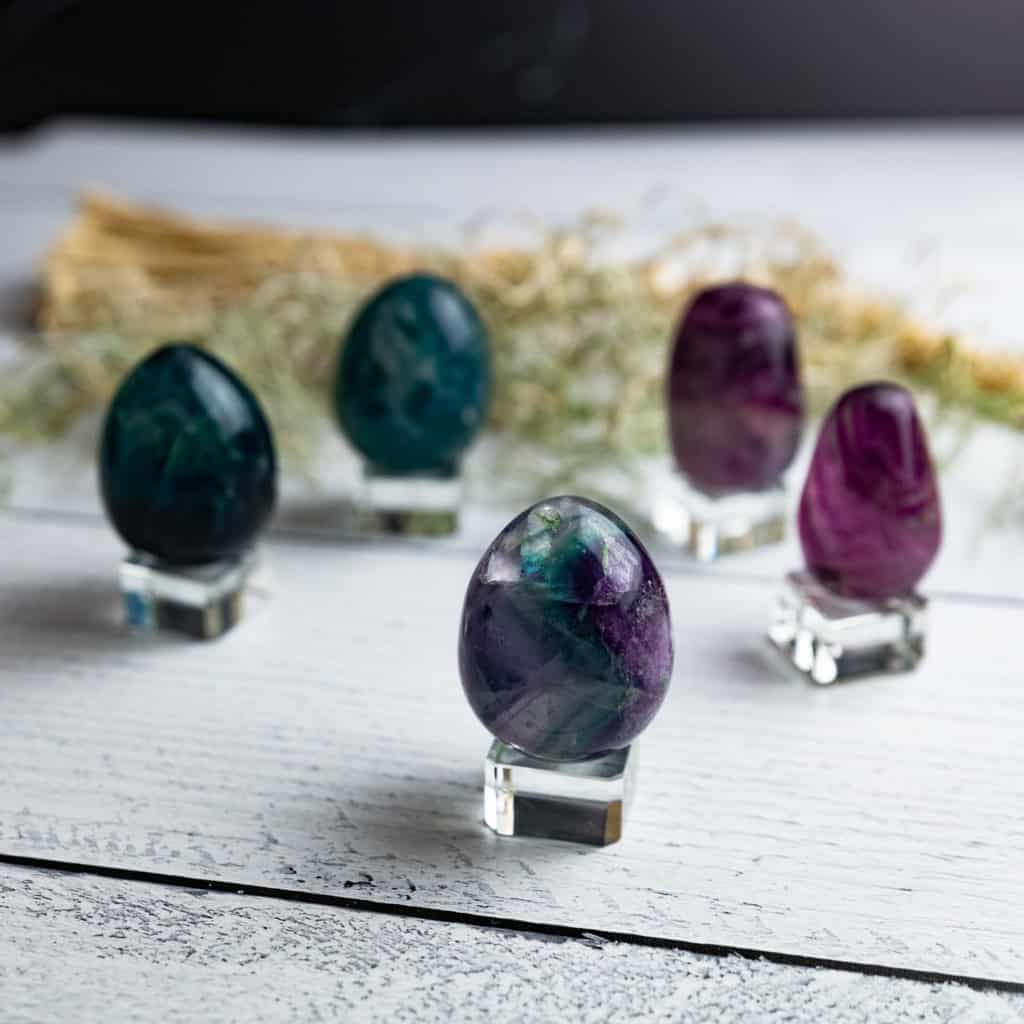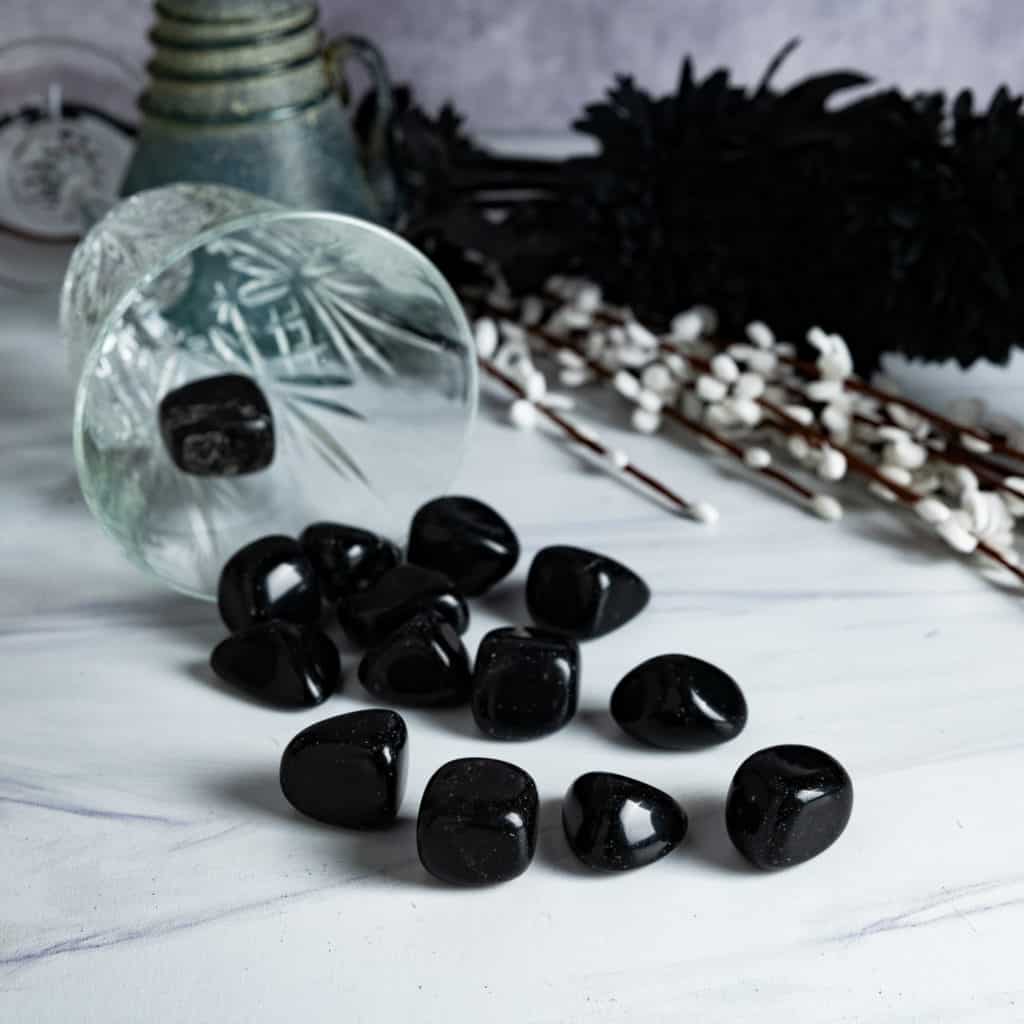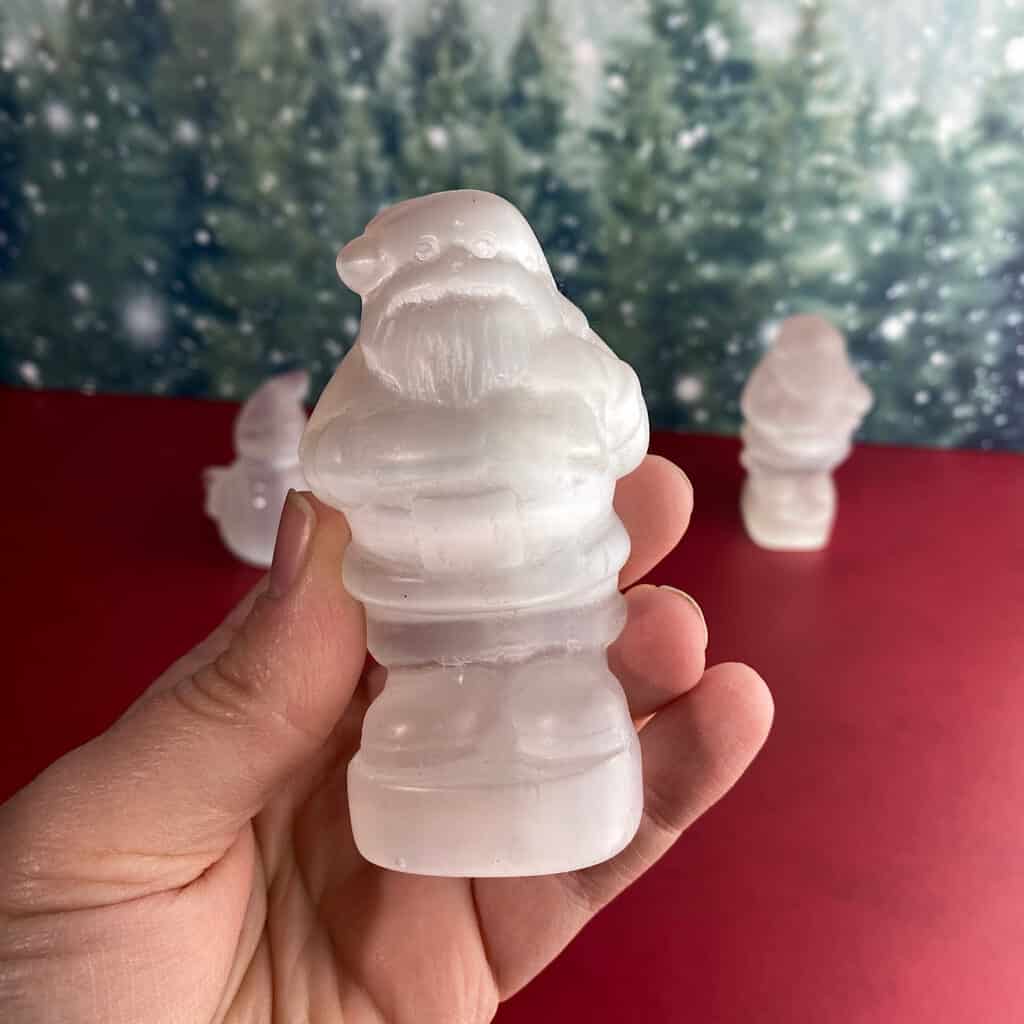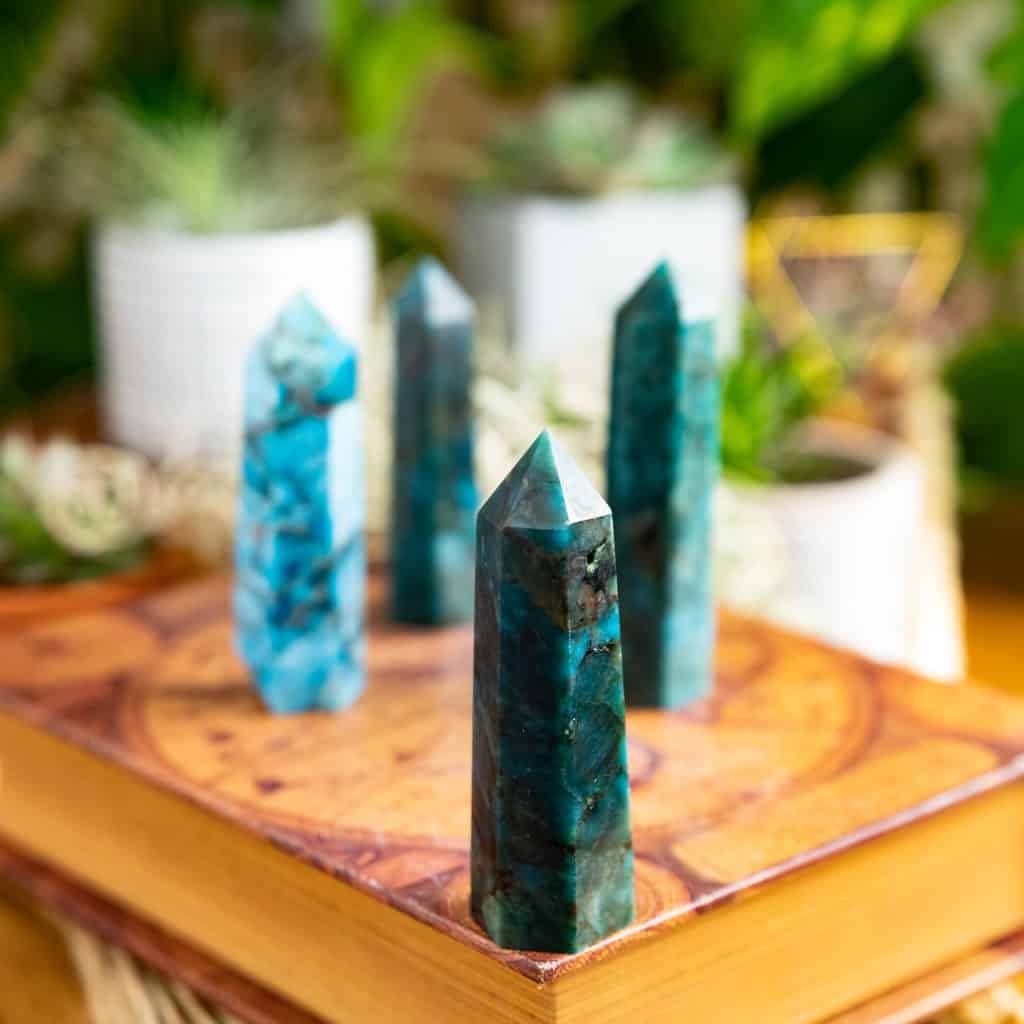8 PAGAN HOLIDAYS AND FASCINATING FACTS!
What are the Major Pagan Holidays?
The Wheel of the Year is an annual cycle of seasonal festivals celebrated by many Pagans and Wiccans. It marks the changing of the seasons, as well as important points in the agricultural year such as planting and harvesting. The Wheel of the Year typically consists of eight festivals that are spaced evenly throughout the year, beginning with Yule on December 21st in the Northern Hemisphere. This is followed by Imbolc on February 2nd, Ostara on March 21st, Beltane on May 1st, Litha on June 21st, Lammas on August 1st, Mabon on September 21st and Samhain on October 31st. These are the major Pagan holidays.
These dates correspond to traditional holidays and Pagan holidays celebrated in many cultures around the world. For example, Yule corresponds to Christmas in Christianity and Diwali in Hinduism; Ostara corresponds to Easter; Beltane corresponds to May Day; Lammas corresponds to Lughnasadh; and Samhain corresponds to Halloween. Some Pagans in the Southern Hemisphere advance these dates six months to coincide with their own seasons. The Wheel of the Year provides a framework for celebrating life’s cycles and connecting with nature’s rhythms throughout the year. Therefore, Pagan holidays don’t always have exact dates.
Origins of The Wheel of the Year
The origins of the Wheel of the Year can be traced back to ancient Pagan and polytheist cultures. Historical and archaeological evidence suggests that these cultures celebrated the solstices and equinoxes, as well as various seasonal divisions with fire festivals. In the tenth century, The Golden Bough by James Frazer was published, which had a great influence on the contemporary Neopagan festival cycle.
By the late 1950s, two early Neopagan groups – Bricket Wood coven led by Gerald Gardner and Order of Bards, Ovates and Druids led by Ross Nichols – had both adopted eight-fold ritual calendars in order to hold more frequent celebrations. Popular legend holds that Gardner and Nichols developed this calendar during a naturist retreat, where they combined their two approaches into a single festival cycle. Though this coordination eventually had the benefit of more closely aligning celebrations between the two groups, Gardner’s first published writings omitted any mention of the solstices and equinoxes, focusing exclusively on the fire festivals. The Wheel of the Year is an outline of Pagan holidays.
Pagan Holiday Festivals
The cycle of the year is an important part of many modern Pagan cosmologies, with time viewed as a perpetual cycle of growth and retreat tied to the Sun’s annual death and rebirth. This cycle is seen as a microcosm of other life cycles in the Universe, and days that fall on the landmarks of this yearly cycle are marked with significance and host to major communal festivals. These eight festivals are known as the quarter and cross-quarter days, and they are celebrated by Wiccan traditions as well as other polytheistic reconstructionism and ethnic traditions.
These Pagan holidays and festivals provide an opportunity for communities to come together in celebration, often involving rituals such as feasting, dancing, singing, storytelling, making offerings to deities or spirits, or engaging in other activities that honor the season. They can also be used to mark important events in one’s personal life such as birthdays or anniversaries. By celebrating these festivals throughout the year, we can stay connected to our spiritual roots while also connecting with each other in meaningful ways.
Eight Major Pagan Holidays and Festivals
Winter Solstice – Yule
Date: December 21 (about)
The Winter Solstice, also known as Yule or Alban Arthan, is a significant turning point in the yearly cycle. It is considered the first of the Pagan holidays. It marks the longest night of the year and is celebrated by many cultures around the world. Practices vary, but typically involve sacrifice offerings, feasting, and gift giving for which you can offer metaphysical items such as crystals or herbs. Bringing sprigs and wreaths of evergreenery into the home and tree decorating are also common during this time. In Roman traditions additional festivities take place during the six days leading up to Midwinter.
Yule is a time for reflection on the past year and looking forward to what lies ahead in the coming months. It is a time of renewal and hope for brighter days ahead. People often gather together to celebrate with food, music, dancing, storytelling, and other activities that bring joy and warmth to their lives during this dark season. The Winter Solstice is a reminder that even in our darkest moments there can be light if we look for it. This is one of 8 Pagan Holidays.
Imbolc – Candlemas
Date: February 1 (about)
Imbolc, also known as Candlemas, is a cross-quarter day that falls on the first of February and marks the beginning of spring. This is one of the minor Pagan holidays. It is a time for purification and spring cleaning in anticipation of the year’s new life. In Rome, it was historically a shepherd’s holiday, while for Celtic Pagans it is dedicated to the goddess Brigid. Among Reclaiming tradition Witches, this is the traditional time for pledges and rededications for the coming year and for initiations into their covens.
The festival aligns with the contemporary observance of Groundhog Day. On this day, people look to see if a groundhog emerges from its burrow; if it does not appear then winter will last another six weeks. This ancient practice has been adapted by modern Pagans to symbolize Imbolc as a time when nature begins to stir from its winter slumber and prepare itself for rebirth in springtime. Imbolc is an important celebration in many Pagan holidays’ traditions that marks the turning of the wheel of the year and celebrates new beginnings. This is one of 8 Pagan Holidays.
Spring Equinox – Ostara
Date: March 20 (about)
The Spring Equinox, also known as Ostara, is a celebration of the changing of the season and the balance between light and darkness. This is one of the major Pagan holidays which marks the Ēostre, which is derived from a reconstruction produced by linguist Jacob Grimm of an Old High German form of the Old English goddess name. It is also known as Alban Eilir to modern Druid traditions and is celebrated as one of three spring celebrations, with Imbolc and Beltane being the other two.
The Spring Equinox marks a time of new beginnings and life emerging further from winter’s grip. During this Pagan holidays, light and darkness are again in balance, with light on the rise. People celebrate this day by planting seeds for their gardens or engaging in rituals that honor nature’s renewal. This is one of 8 Pagan Holidays.
Beltane – May Eve
Date: May 1 (about)
Beltane, also known as May Eve, is an ancient festival celebrated by many Pagan traditions. This is one of the minor Pagan holidays. It marks the beginning of summer in Ireland and is a time to recognize the power of life in its fullness. In pre-Christian times, Beltane was celebrated with the festival of Flora, the Roman goddess of flowers. The Germanic countries celebrated Walpurgisnacht during this time as well.
Since the Christianization of Europe, a more secular version of Beltane has been observed. This version is commonly referred to as May Day and includes maypole dancing and the crowning of the Queen of the May. For modern Druids, Beltane is a time to celebrate youthfulness and flourishing. It is a reminder that life can be enjoyed in all its abundance and beauty. This is one of 8 Pagan Holidays.
Summer Solstice – Litha
Date: June 21 (about)
Midsummer, also known as Summer Solstice or Litha, is one of the four solar holidays celebrated by many cultures around the world, and particularly, is considered one of the major Pagan holidays. It marks the longest day of the year and is considered to be a turning point in which summer reaches its peak. In Wiccan traditions, Midsummer is preceded by Beltane and followed by Lammas or Lughnasadh. The name Litha comes from Bede’s The Reckoning of Time, an eighth century document that preserves a list of Anglo-Saxon names for the twelve months. Modern Druids celebrate this festival as Alban Hefin, where they greet and celebrate the sun in its greatest strength.
The Summer Solstice has been celebrated since ancient times and is still observed today in various forms across different cultures. Many people use this time to honor nature and give thanks for all that it provides us with throughout the year. People often gather together to share food, music, stories, and rituals to mark this special occasion. This holiday can be used as an opportunity to reflect on our lives and appreciate all that we have been blessed with so far. This is one of 8 Pagan Holidays.
Lughnasadh – Lammas
Date: August 1 (about)
Lughnasadh, also known as Lammas, is one of the three Wiccan harvest festivals. It marks the beginning of the harvest season and is celebrated with a variety of rituals and activities and is considered one of the Pagan holidays. Wiccans mark the holiday by baking a figure of the god in bread and eating it, to symbolise the sanctity and importance of the harvest. Celebrations vary from tradition to tradition, as not all Pagans are Wiccans. The Irish name Lughnasadh is used in some traditions to designate these Pagan holidays.
The name Lammas (contraction of loaf mass) implies that it is an agrarian-based festival and feast of thanksgiving for grain and bread, which symbolizes the first fruits of the harvest. Wiccan celebrations of this holiday are neither generally based on Celtic culture nor centered on the Celtic deity. Instead, they focus more on honoring nature’s bounty and celebrating its abundance with feasts, rituals, music, dancing, and other activities. This is one of 8 Pagan Holidays.
Autumn Equinox – Mabon
Date: September 21 (about)
The autumnal equinox, also known as Mabon, Harvest Home, the Feast of the Ingathering, Meán Fómhair, or An Clabhsúr is a holiday celebrated around the world. It marks the end of summer and the beginning of fall. This day is a time to give thanks for all that has been harvested and to celebrate the changing of seasons. This is one of the Pagan holidays and is typically celebrated on or near September 21st in the Northern Hemisphere and March 21st in the Southern Hemisphere.
Mabon is a time to honor nature and its bounty. People often gather together to share food and stories in celebration of this special day. Many cultures have their own unique traditions associated with Mabon such as bonfires, feasts, dancing, singing, and more. It is also a time for reflection on what has been accomplished during the past year and what lies ahead in the future. The autumnal equinox is an important part of many cultures’ spiritual practices and beliefs. For some it marks a time for renewal and rebirth while others use it as an opportunity to connect with their ancestors or seek guidance from their gods or goddesses. No matter how you choose to celebrate Mabon, it is sure to be a memorable experience! This is one of 8 Pagan Holidays.
Samhain
Date: October 31 (about)
Samhain is one of the four Greater Sabbats among Wiccans, and is typically celebrated as a time to honor the lives of those who have passed on. It often involves paying respect to ancestors, family members, elders of the faith, friends, pets, and other loved ones who have died. In some traditions, spirits of the departed are invited to attend the festivities. Aligned with Halloween and Day of the Dead celebrations, many Neopagans believe that at Samhain the veil between this world and the afterlife is at its thinnest point of the year making it easier to communicate with those who have departed. This is one of 8 Pagan Holidays.
Some authorities claim that Christian festivals such as All Hallows Day (All Saints Day) and the preceding evening are appropriations of Samhain by early Christian missionaries to Britain. This festival of darkness is balanced at the opposite point of the Wheel by Beltane which is celebrated as a festival of light and fertility. It’s an important part of Wiccan culture that helps bring closure to those mourning their lost loved ones while also celebrating life in all its forms.
Pagan Celebration Offerings
Offerings have been a part of religious and spiritual practices for millennia during Pagan holidays. In ancient times, offerings were often made in the form of animals or other forms of life. This practice has largely been replaced in modern paganism with offerings of grains, herbs, milk, wines, incense, baked goods, minerals and other items. These offerings are typically given to gods and ancestors as a way to propitiate them and show reverence.
In some cases, ritual feasts may include meat as an offering. In these instances, the inedible parts of the animal are usually burned as an offering while the community eats the rest. Offerings can also be buried or left out in the open depending on the circumstances. Regardless of how they are presented, offerings remain an important part of many spiritual practices today and serve to honor those who have gone before us.
Dates of Pagan Celebrations
The dates of celebration for festivals are often flexible, as they may be on the days of the quarter and cross-quarter days proper, the nearest full moon, the nearest new moon, or the nearest weekend for secular convenience. This is due to the fact that these festivals were originally celebrated by peoples in the middle latitudes of the Northern Hemisphere. As a result, traditional times for seasonal celebrations do not agree with the seasons in other parts of the world such as near the equator or in the Southern Hemisphere. To accommodate this discrepancy, Pagans in these regions often advance these dates by six months to coincide with their own seasons.
This flexibility allows people from all over to celebrate their own holidays and not just Pagan holidays and festivals according to their own traditions and beliefs. It also allows them to enjoy different types of festivities throughout different times of year without having to worry about conflicting dates or times. This helps ensure that everyone can participate in whatever type of celebration they choose without worrying about missing out on something else due to scheduling conflicts.
Wicca and Druidry
Wicca and Druidry are two spiritual paths that have been intertwined for centuries. In Wicca, the narrative of the Wheel of the Year is centered on the sacred marriage of the God and Goddess, with their god/goddess duality being represented in a cycle of birth, growth, death, and rebirth. At Yule, the God is born from the Goddess; at Beltane he courts and impregnates her; at Lammas his power wanes; and at Samhain he passes into the underworld until he is reborn again at Yule. The Goddess also ages and rejuvenates with each season, giving birth to the Horned God.
In addition to this cycle, many Wiccans and Neo-Druids incorporate a narrative of two kings: The Holly King who rules over the waning year, and Oak King who rules over the waxing year. These two figures battle endlessly with each other as they turn through the seasons. At summer solstice, it is said that Holly King defeats Oak King before passing his reign onto him after Autumn equinox when his power begins to wane. Together these stories form an integral part of Wicca and Druidry’s spiritual practice.
Celtic, Germanic, and Hellenic Calendars
The Celtic calendar was a system of timekeeping used by the ancient Celts. It was based on lunar cycles and seasonal festivals, with the year beginning at Samhain in October and ending at Beltane in May. The calendar was divided into two halves, with the lighter half representing summer and the darker half representing winter. Each month had its own name and associated festival, such as Imbolc for February or Lughnasadh for August. These festivals make up Pagan holidays.
The Germanic calendar was also based on lunar cycles and seasonal festivals, but it differed from the Celtic calendar in that it had only one season: winter. This season began on Yule (December 21st) and ended on Easter (April 21st). The months were named after gods or goddesses associated with them, such as Thor for January or Freya for April. This system of timekeeping was used by many Germanic peoples until it was replaced by the Julian calendar in the Middle Ages.
The Hellenic calendars were a variety of systems used by different Greek city-states throughout antiquity. These calendars were based on both lunar cycles and solar cycles, with each city-state having its own unique system of timekeeping. Continue reading below to discover Pagan holidays FAQ’s. There you can find all kinds of commonly asked questions related to Pagan holidays, how Pagan holidays are celebrated, and what Pagan holidays lent traditions to Christianity!
How to stay in touch!
Check out our website for more such information and shop from the best collection of crystals.
Follow us on Facebook, Instagram, Tik Tok, and Twitter! This article is just one of many articles we have.
We love to discuss crystals, herbs, oils, and all other metaphysical types of products!
We will continue to grow our witchcraft practice and add more items to the shop daily.
We hope that you will come along with us and be part of our journey!
We appreciate you taking the time to read this and support us. Blessed be, XO Kate.
If you are looking for a reputable seller of all things metaphysical, check out www.TheCrystalApothecaryCo.com!
FAQ’S: 8 PAGAN HOLIDAYS AND FASCINATING FACTS!
Holidays with Pagan Origins!
Christmas is one of the most widely celebrated holidays in the world, and it has its roots in Paganism and may be considered one of the original Pagan holidays. The holiday was originally celebrated by the ancient Romans as Saturnalia, a festival honoring the god Saturn. During this time, people would exchange gifts and decorate their homes with evergreen branches to symbolize life and fertility. Later, when Christianity spread throughout Europe, Christmas was adopted as a celebration of Jesus’ birth.
New Year’s Day also has its origins in Paganism and can be considered one of the Pagan holidays. Ancient Babylonians celebrated the first day of spring with a festival called Akitu which lasted for 11 days. This festival was dedicated to Marduk, the god of creation and renewal. In Rome, New Year’s Day was known as Calends and marked the beginning of a new year according to their calendar system. Later on, Christians adopted this tradition and began celebrating New Year’s Day on January 1st instead of March 25th (the original date).
Easter is another of the Pagan holidays that has its origins in Paganism. It is believed that Easter originated from an ancient Germanic goddess named Eostre who represented fertility and rebirth. During her festival, people would exchange eggs which were seen as symbols of new life and fertility.
On Pagan holidays, many people celebrate the changing of the seasons and the cycles of nature. These celebrations often involve rituals, feasts, and other activities that honor the gods and goddesses associated with each season. Many Pagans also observe days dedicated to specific deities or mythological figures.
Pagan holidays are typically celebrated at different times throughout the year depending on which tradition is being followed.
What are the four Celtic Holidays?
The Celts have a long and rich history that dates back to 12,000 BC. They are associated mostly with Ireland, the UK, France (Brittany), and Spain (Galicia). Many languages have originated from the Celts, including Irish, Welsh, Scots, and Cornish. This Celtic heritage is still celebrated today through their eight important and sacred holidays of the year.
These holidays are divided into four astronomical events and four related to the harvest and farming. The astronomical events include Imbolc on February 1st which marks the beginning of spring; Beltane on May 1st which celebrates fertility; Lughnasadh on August 1st which marks the start of autumn; and Samhain on November 1st which is a celebration of death. The harvest-related holidays include Oimelc on February 14th which celebrates ewes giving birth; Bealtaine on May 15th which marks the start of summer; Lughnasa on August 15th which celebrates harvesting crops; and Samhradh on October 31st which is a celebration of harvest time. Each holiday has its own traditional rituals that are still carried out today in many Celtic regions around the world.
What Christmas things are Pagan?
Christmas is a time of joy and celebration for many people around the world, but it’s interesting to note that many of the traditions we associate with Christmas actually have their roots in pagan customs. From kissing under the mistletoe to carolling, wreaths, and gift-giving, these were all aspects of pagan holidays that were adapted into Christmas celebrations in the early years. Decorating trees, feasting with loved ones, hanging up socks by the fireplace, and drinking yourself silly are also part of pagan history and sacred Pagan holidays.
In fact, many of our beloved Christmas traditions can be traced back to ancient pagan holidays and rituals. For example, decorating trees was a way for pagans to honour their gods during winter solstice celebrations. Feasting with family and friends was also a common practice among pagans as they celebrated the end of harvest season. And even gift-giving has its origins in ancient Roman customs where presents were exchanged during Saturnalia – a festival dedicated to Saturnus – the god of agriculture. So next time you’re celebrating Christmas with your loved ones, take a moment to appreciate how far these traditions have come!
What are the main Pagan Religions?
Paganism is an umbrella term used to describe a variety of polytheistic and animistic religious practices that existed in the ancient world. It was first used by early Christians in the fourth century to refer to people who practiced polytheism, or the worship of multiple gods. During and after the Middle Ages, it was applied to any non-Christian religion, regardless of its beliefs.
Today, our knowledge of old Pagan holidays and religions comes from various sources such as anthropological field research records, archaeological artifacts, and historical accounts from ancient writers. Most modern Pagan holidays and religions express a reverence for nature and a belief in the interconnectedness of all things. They often focus on honoring deities associated with specific elements such as fire or water, or celebrating seasonal cycles like solstices and equinoxes. Many pagans also practice rituals such as spellcasting and divination in order to gain insight into their lives and the world around them.
What month was Jesus actually born?
The traditional date of Jesus’ birth, December 25th, is widely accepted in the West. However, this date was not determined by any historical evidence. In fact, it is likely that Jesus was born in the spring or summer months rather than winter. This is because the December date comes from counting nine months on from the believed date of Jesus’ conception, March 25th. Additionally, there is a common myth that the date of 25th December was chosen to displace the pagan festival of Sol Invictus; however Andrew McGowan of Yale University has demonstrated that this was 12th-century anti-Christmas propaganda.
In reality, there appear to have been two contesting dates for Jesus’ birth: December 25th in the West and January 6th in the East of the empire. This suggests that neither date can be considered historically accurate as both were likely chosen for theological reasons rather than historical accuracy. Therefore, it is important to remember that when celebrating Christmas we are engaging in a tradition which does not necessarily reflect what we know about first century Palestine and its customs.
What is the Dark Story behind Christmas?
The Pagan holidays and season is often associated with joy and cheer, but some of the most popular Christmas traditions have dark origins. For example, caroling was once a much different practice than it is today. In the 1700s, carolers would sometimes break down doors and demand food and drink from residents. This was known as “wassailing” and was seen as a way to bring good luck for the upcoming year.
Another popular holiday tradition that has a darker origin is “The Nutcracker” ballet. While it is now seen as a beautiful performance, it is actually based on a pretty creepy story by E.T.A Hoffman called “The Nutcracker and the Mouse King”. The story follows a young girl named Marie who befriends an enchanted nutcracker doll that comes to life at night and battles against an evil mouse king in order to save her family from danger. Although this story has been adapted into a beloved ballet, its dark origins remain intact.
Does the Bible say Jesus was born on Christmas?
The celebration of Christmas has become a global phenomenon, with people from all walks of life coming together to celebrate the birth of Jesus. However, many are unaware that Jesus may not have been born on December 25th, the day we celebrate Christmas. According to the Bible, there is no evidence that Jesus was born on this day.
The Bible does not provide an exact date for when Jesus was born. In fact, it is believed that Jesus was likely born in the springtime due to references in the Bible about shepherds tending their flocks at night during this time of year. This means that December 25th is most likely an arbitrary date chosen by early Christians as a way to honor and celebrate the birth of Jesus. Despite this, Christmas remains a special holiday for many around the world and continues to be celebrated with great joy and enthusiasm.
What is the Pagan Christmas called?
Saturnalia and Yule!
Saturnalia was an ancient Roman festival that celebrated the god Saturn and marked the winter solstice. It was a time of feasting, gift-giving, and merriment that lasted for seven days. The festival began in the second century B.C., and its influence spread throughout Europe as the Roman Empire expanded. Today, many of our modern Christmas traditions can be traced back to Saturnalia, including the date on which we celebrate Christmas: December 25th.
The Bible does not give a specific date for Jesus’ birth, but by the fourth century A.D., Western Christian churches had settled on celebrating Christmas on December 25th in order to incorporate it with popular pagan midwinter traditions like Saturnalia. This allowed them to keep some of their beloved customs while still honoring Jesus’ birth. As a result, many of our modern Christmas traditions—from gift-giving and feasting to decorations and caroling—have their roots in this ancient Roman celebration. Many consider Christmas one of the Pagan holidays.
Pagan Holidays New Year’s Day!
The celebration of New Year’s Day has a long and interesting history. Originally, the Roman year began in March, as this was the month dedicated to Mars, the Roman god of war. However, in 153 BC, the consul Quintus Fulvius Nobilior moved New Year’s Day to January 1st for the first time in history. This change was made permanent by Julius Caesar in 46 BC with his Julian Calendar. The beginning of the year was dedicated to Janus, the two-faced god of doors and passages. This is why January is named after him.
New Year’s Day is an important date for many cultures around the world today. It is a time for reflection on past successes and failures and a chance to make resolutions for improvement in the coming year. It is also a time for celebration with friends and family as we look forward to what lies ahead. No matter how you choose to celebrate it, New Year’s Day marks an important milestone that should not be overlooked or forgotten! It is also believed to have its roots and celebrations as one of the Pagan holidays.
Pagan Holidays Easter!
Easter is a Christian holiday that celebrates the resurrection of Jesus Christ. It is celebrated on the first Sunday after the full moon in Spring, and it has its roots in Jewish tradition. The word “Easter” itself comes from Eostre, the Germanic goddess of Spring, and many traditions associated with Easter have pagan origins. For example, Easter eggs and the Easter bunny are symbols of rebirth and fertility that were originally associated with Eostre. So some consider this one of the Pagan holidays that became Christian-centric.
The Romans also had a Spring holiday around March 15th dedicated to Anna Perenna, an obscure goddess who was variously identified with the moon or some Etruscan mother goddess. This holiday was likely absorbed into Easter celebrations over time, as Christianity spread throughout Europe. Today, Easter is celebrated by Christians all over the world as a time to reflect on Jesus’ sacrifice and celebrate his resurrection.
Is Christmas really a Pagan Holiday?
The ancient Romans celebrated Christmas as one of the Pagan holidays in a different version of Christmas on December 25th, known as the Dies Natalis Solis Invicti or the birthday of the Sun. This day was dedicated to the Sun God, who was venerated under different names all over the Roman Empire and became the most important god during the 3rd century AD. The emperor Sol Invictus was also associated with this celebration.
The Saturnalia was a week-long celebration leading up to December 25th, starting on December 17th. During this time, there were banquets and parties with family and friends. It was a time for feasting and merrymaking, where people exchanged gifts and enjoyed each other’s company. The festivities ended with a grand procession in honor of the Unconquered Sun on December 25th. Many consider Christmas to be one of the original Pagan holidays.
What Pagan Holidays Means?
A holiday that is celebrated by Pagans (as opposed to Christians).
What was the original Pagan Holidays?
Christmas is perhaps the most widely celebrated holiday with a Pagan holidays origin. It is believed to have originated from the Roman festival of Saturnalia, which was a celebration of the winter solstice and the god Saturn. During this time, people would exchange gifts and decorate their homes with greenery. Over time, this tradition evolved into what we now know as Christmas.
New Year’s Day also has its roots in Paganism. It was originally celebrated by the ancient Romans as part of their New Year festivities, which were dedicated to Janus, the two-faced god of beginnings and endings. This holiday was later adopted by Christians who used it to mark the start of a new year on January 1st. The traditions associated with New Year’s Day such as making resolutions and giving gifts are all derived from Pagan holidays customs.
Easter is another holiday that has its origins in Paganism. It is believed to have been derived from an ancient Germanic fertility festival known as Eostre or Ostara, which was celebrated around the spring equinox in honor of Eostre, a goddess of fertility and rebirth. Many of our modern Easter traditions such as egg hunts and chocolate eggs are based on these ancient rituals.
Is Halloween a Pagan Holiday?
The Roman version of Halloween was a much more elaborate affair than the one we know today. It was a time to remember and honor the dead, with multiple occasions throughout the year dedicated to this purpose. During the week from the 13th to the 22nd of February, for example, people would bring food offerings to gravesites in a ceremony known as Feralia. Black beans were also left on graves as a symbol of tears.
In addition, Romans believed that the dead needed to visit our world every now and then in order to be at peace. To facilitate this, they opened up an entrance to the underworld known as Mundus on certain days. This allowed spirits of deceased loved ones to enter our realm and spend some time with their living relatives before returning back home. All these rituals are still practiced today in some parts of Europe, although not as widely as before. Many consider Halloween to be one of the Pagan holidays.
Is Santa Claus Pagan?
The legend of Santa Claus has been around for centuries, with its origins dating back to the 4th century. It is believed that the story of Santa Claus began with a monk named Saint Nicholas who lived in what is now modern-day Turkey. He was known for his generosity and kindness, often giving gifts to those in need. Over time, stories about Saint Nicholas spread throughout Europe and eventually made their way to North America.
In the 19th century, authors such as Washington Irving and Clement Clarke Moore wrote stories about a jolly old man who delivered presents on Christmas Eve. This character was based on the Dutch figure Sinterklaas, which was derived from Saint Nicholas. The image of Santa Claus as we know it today—a plump man wearing a red suit and white beard—was popularized by cartoonist Thomas Nast in the late 1800s. Since then, Santa has become an integral part of Christmas celebrations around the world and may stem from Pagan holidays.
What is Three Kings Day or Epiphany?
Epiphany or Three Kings Day is a Christian holiday celebrated on January 6th, commemorating the visit of the Magi Kings to Baby Jesus. It is celebrated in many different ways around the world, such as attending mass, eating traditional cakes like the Three Kings Cake, and chalking the house doors with the initials of the Magi Kings.
In Italy, Epiphany is especially popular among children due to its association with a character from Italian folklore: The Befana. The Befana is an old witchy lady who lives in the mountains and flies on her broomstick during the night before Epiphany to deliver gifts to good children and coal (nowadays made of sugar) to naughty ones. Who she really is remains a mystery, but it’s clear that she has become an important part of this special holiday which many consider one of the Pagan holidays.

